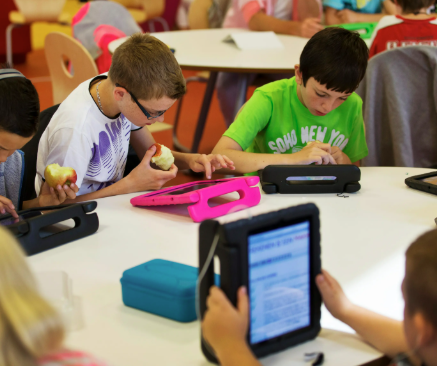Personalized learning has become a cornerstone of effective teaching, helping students take ownership of their education and grow at their own pace. By adapting lessons to individual strengths, needs, and interests, teachers can create classroom environments that are more inclusive, motivating, and effective. Here are practical strategies to bring personalized learning into the classroom while supporting a dynamic and student-centered experience.
Start with Knowing Your Students
Personalization begins with understanding your learners. Take time to learn about their backgrounds, interests, learning preferences, and academic levels. Tools such as interest surveys, student interviews, and learning style inventories can provide valuable insights to guide instructional choices.
Set Individual Learning Goals
Collaboratively setting personal goals helps students become active participants in their learning. These goals can relate to academic outcomes, skill development, or personal growth. Teachers can guide students in creating realistic goals and tracking their progress with regular check-ins and reflection sessions.
Offer Choices in Learning Activities
Give students options in how they learn and demonstrate understanding. This could include letting them choose from project formats, reading materials, or types of assignments. When students are allowed to make choices, they are more likely to stay engaged and motivated.
Use Flexible Grouping
Flexible grouping allows students to work with various peers depending on the task, topic, or learning level. This approach promotes collaboration, peer learning, and adaptability. Groupings can be based on shared interests, readiness levels, or even student-selected partnerships.
Leverage Technology Tools
Digital platforms and educational software can support personalized learning by offering adaptive content, tracking student progress, and providing real-time feedback. From interactive reading programs to math apps that adjust difficulty levels, technology can help tailor instruction without adding to the teacher’s workload.
Provide Differentiated Instruction
Different students need different supports. Offer multiple ways to access content (videos, texts, hands-on activities), process information (guided discussions, graphic organizers), and demonstrate understanding (presentations, reports, creative projects). Differentiation ensures every student can succeed based on their learning needs.
Encourage Reflection and Self-Assessment
Personalized learning works best when students regularly reflect on their progress. Encourage journaling, peer discussions, or digital portfolios to help them recognize growth areas and adjust their learning strategies accordingly.
Conclusion
Personalizing learning in the classroom doesn’t require a complete overhaul—it’s about making intentional choices that put students at the center. With thoughtful planning, flexible practices, and supportive tools, educators can create a more responsive, inclusive, and engaging classroom experience where every student has the opportunity to thrive.













